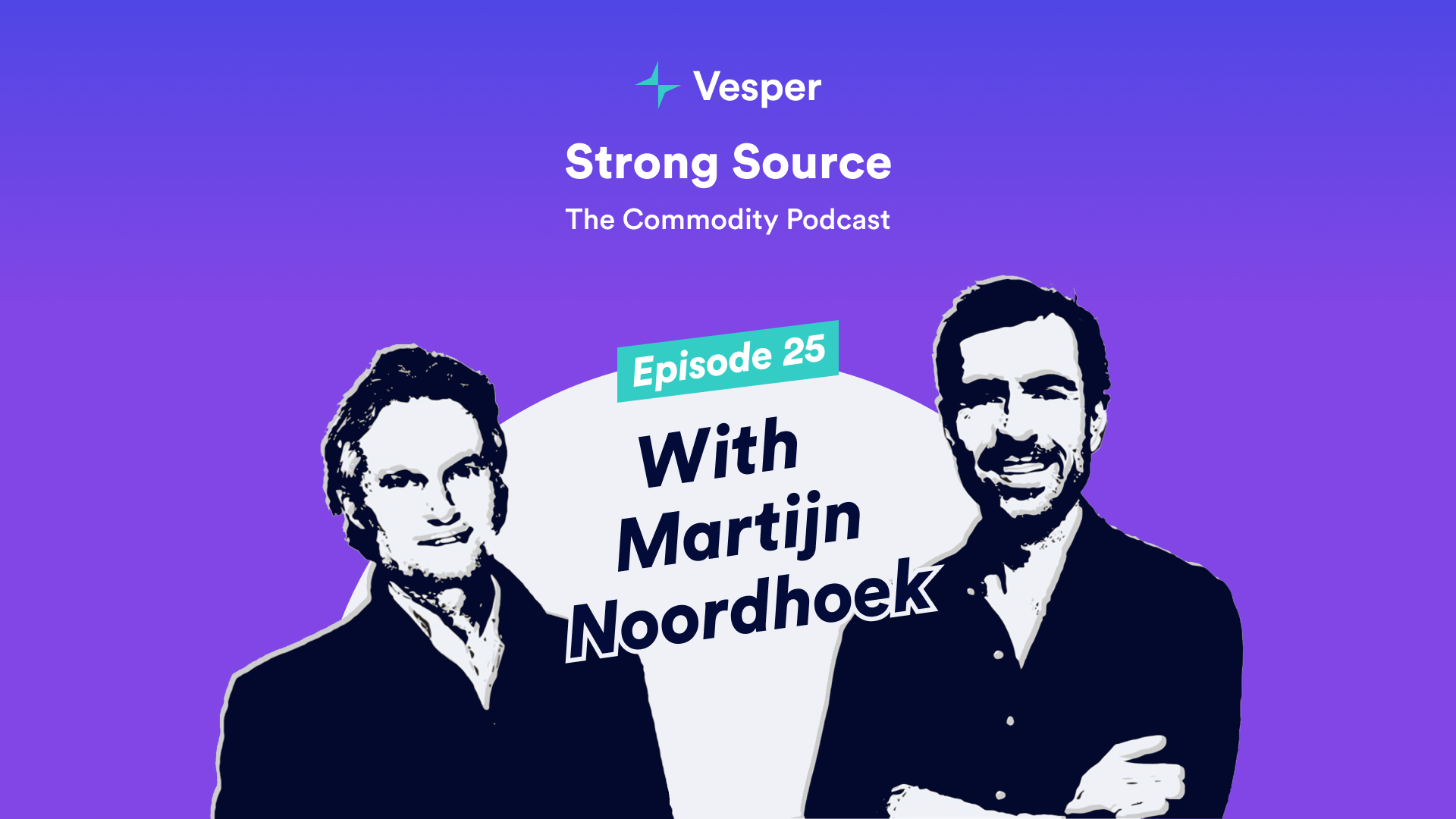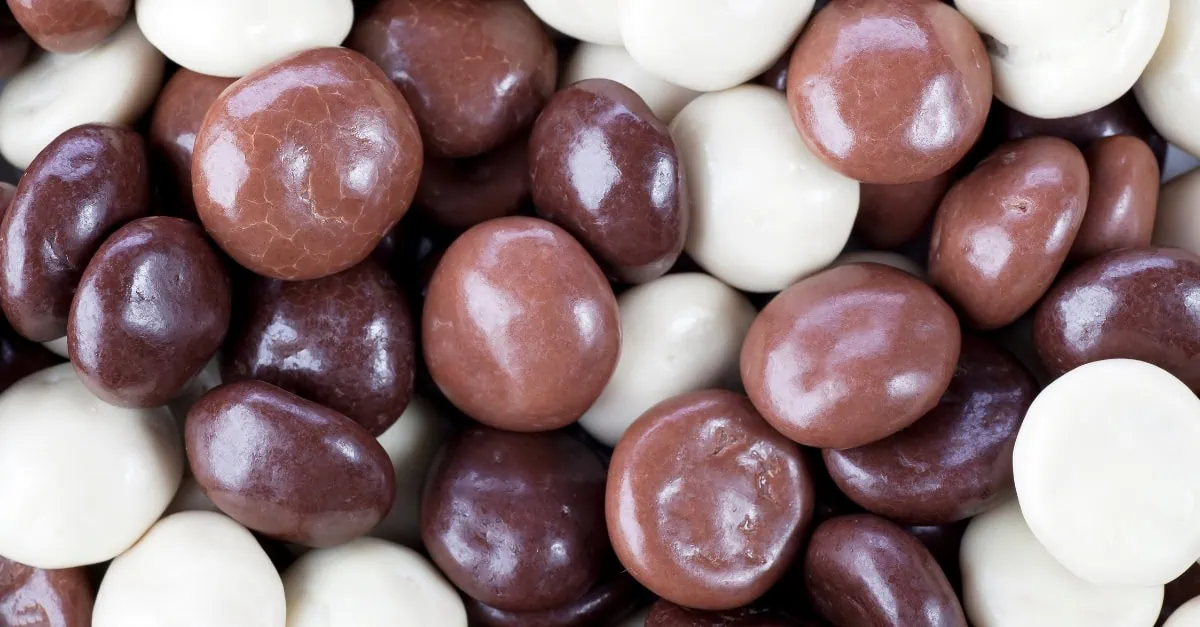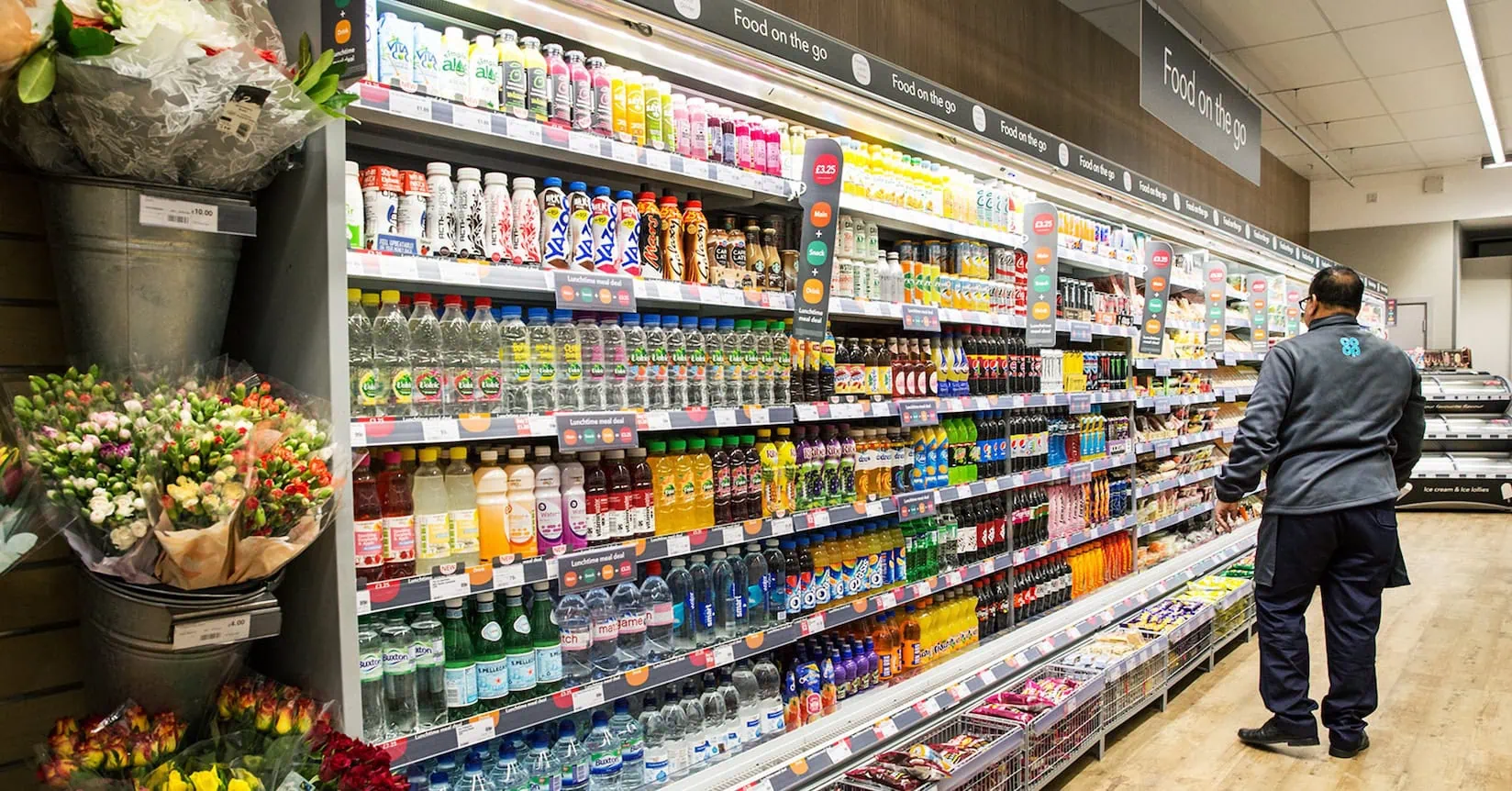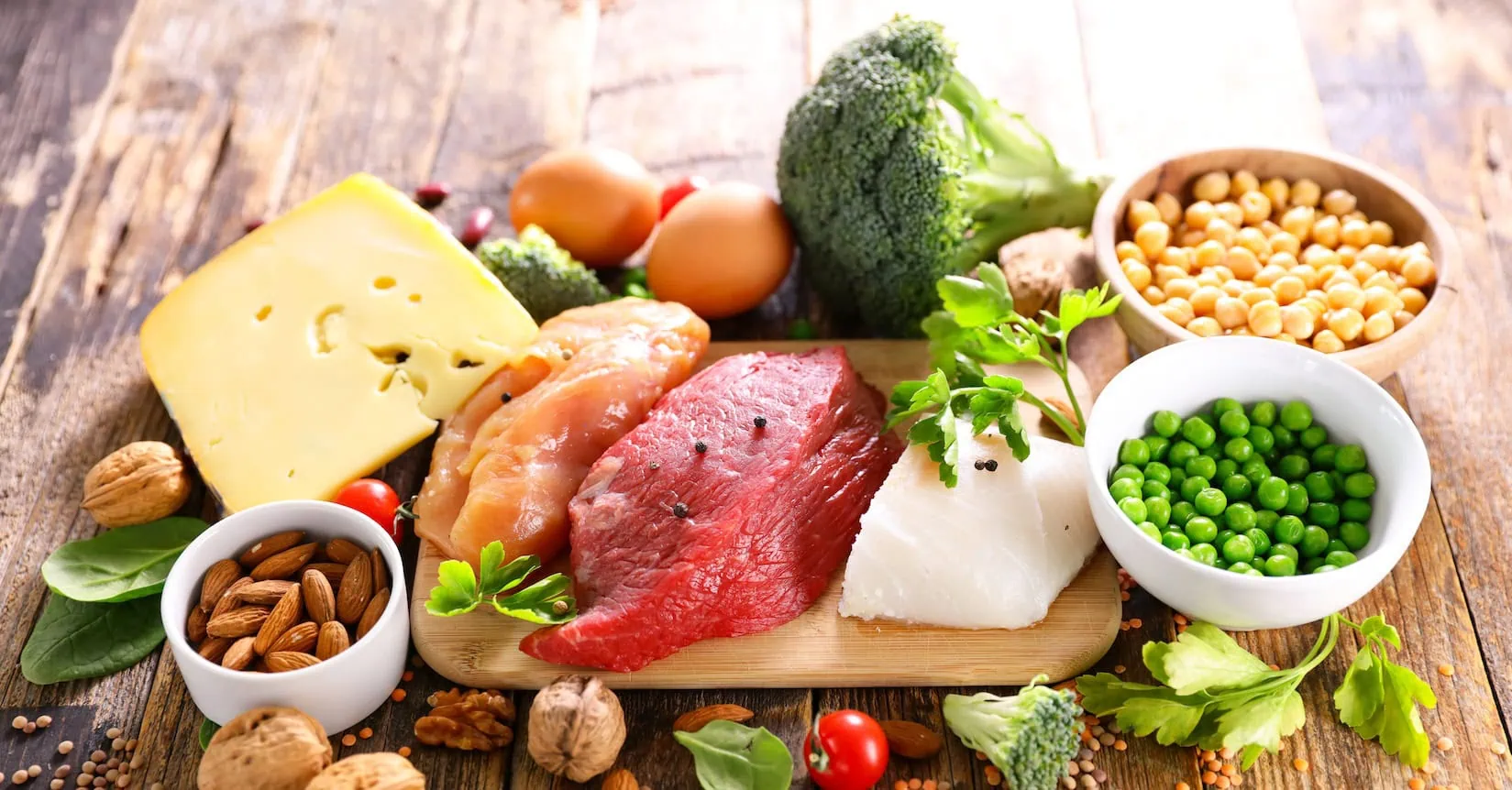In the latest episode of The Strong Source Podcast where we speak with supply chain leaders, traders and market experts shaping the future of procurement, we sat down with Martijn Noordhoek, Head of Marketing & Global Supply Chain at Viterra, one of the world’s largest agricultural commodity traders.
Martijn brings a wealth of insight into the global sugar market; From Brazil’s ratoon cycles to the strategic balancing act between ethanol and sugar production, this episode dives into why sugar procurement is fundamentally different from crops like soy or corn, and what that means for buyers.
Below a little sneak-peak into the conversation:
1. Why is sugar fundamentally different from crops like corn or soy?
The sugar market is uniquely long-term. Brazil’s ratoon cycle means one planting of cane can shape supply for up to seven years. That makes the market much more sensitive to weather, policy, and pricing decisions taken years ago. Unlike corn or soy, sugar isn’t replanted annually — which makes price forecasting more complex but also more essential.
2. What challenges are unique to sugar procurement today?
Volatility. The recent rally in cocoa prices also created pressure on confectionery players to reformulate — which affects sugar demand too. Meanwhile, India and Thailand’s production is weather-sensitive, and Brazil’s output is influenced by ethanol economics. Procurement teams need a full view of these shifting fundamentals to make smart buying decisions.
3. How do long-term planting decisions in Brazil influence global sugar trade?
Brazil plays a key role globally. If Brazilian mills prioritize ethanol over sugar because of local fuel prices or policy, that directly impacts global sugar availability. This is why forward-looking indicators — like ethanol parity or rainfall data — are critical to anticipate where prices are heading.
4. How can procurement teams respond to these dynamics?
You need structured insight. Real-time pricing is important, but so is understanding how supply, demand, weather, and government policy interact. Tools that combine these factors — like Vesper’s dashboards — can help buyers not only respond to volatility but anticipate it.
5. What’s one area buyers often underestimate in sugar markets?
The lag between decision and result. Buyers often expect fast supply responses to price changes — but in sugar, those responses are slow. What’s planted now affects supply in the years ahead. Without visibility into these cycles, you risk overpaying or being exposed when the market tightens.
👉 Want to hear more?
Martijn also shares insights on the differences between trading raw and white sugar, the impact of geopolitics and logistics on trade flows, emerging trends like Ozempic, and cultural contrasts across major trading houses.
For Spotify click here.
For Apple Podcasts click here.
What is the Strong Source Podcast?
Our mission with the Strong Source podcast is to educate and inform, by creating a community where experts and guests from the entire commodity industry can share their unique perspectives. Martijn Bron, ex-cacao trader, and Alexander Sterk, ex-dairy trader and founder of Vesper, have a deep-passion for this industry, which inspired



